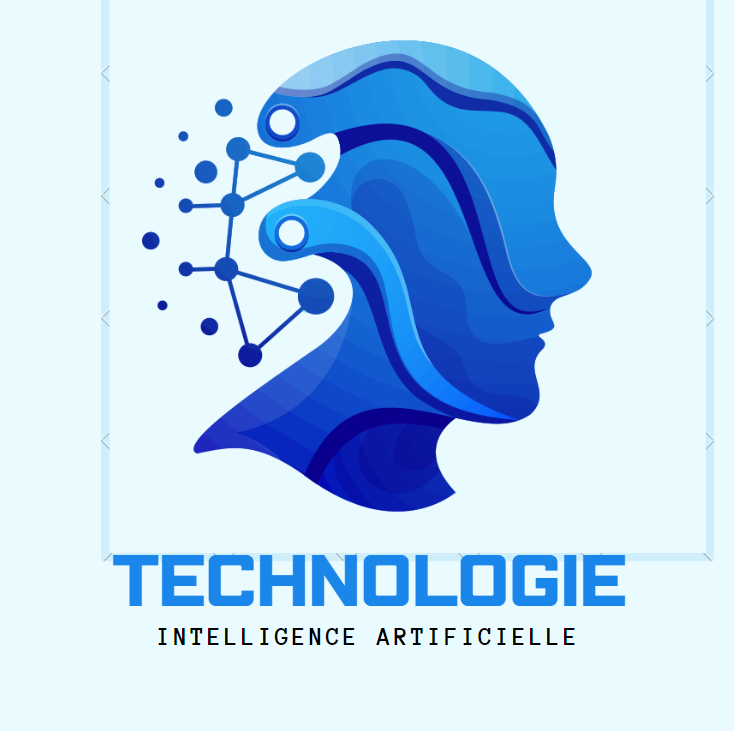Using Predictive Analytics
Using predictive analytics offers organizations a powerful tool to harness the potential of their data for informed decision-making. By analyzing historical data, predictive analytics enables businesses to anticipate future trends, behaviors, and outcomes.
This proactive approach helps in optimizing operations, mitigating risks, identifying opportunities, and gaining a competitive edge.
Whether it's predicting customer preferences, optimizing supply chain logistics, or forecasting financial trends, predictive analytics empowers organizations to make data-driven decisions and stay ahead in today's dynamic business landscape.
what is oredictive analytics?
Predictive analytics is the practice of using data, statistical algorithms, and machine learning techniques to analyze historical data to make predictions about future events or outcomes. It involves extracting insights from data sets to determine patterns and trends that can help forecast future probabilities.
what are the different types of predictive analytics?
There are several types of predictive analytics techniques, including:
- Regression analysis: Predicts a continuous outcome variable based on one or more predictor variables.
- Classification analysis: Predicts a categorical outcome variable based on input variables.
- Time series forecasting: Predicts future values based on past data points, typically for time-dependent data.
- Clustering: Groups similar data points together based on their characteristics, useful for identifying patterns or segments within data.
- Decision trees: Hierarchical structures that classify data into categories based on a series of decision rules.
- Neural networks: Models inspired by the human brain's structure, used for complex pattern recognition and prediction tasks.
- Ensemble methods: Combine multiple models to improve prediction accuracy, such as bagging, boosting, or stacking.
- Text analytics: Analyzes unstructured text data to extract insights and make predictions, often used for sentiment analysis or topic modeling.
How do i get a job in predictive analytics?
These techniques can be applied in various domains such as finance, healthcare, marketing, and more to make informed decisions and optimize processes
To pursue a career in predictive analytics, you can follow these steps:
- Education: Obtain a relevant degree in fields such as statistics, mathematics, computer science, data science, or a related field. Consider pursuing advanced degrees or certifications in predictive analytics or machine learning to enhance your skills and credentials.
- Gain Experience: Gain practical experience through internships, co-op programs, or entry-level positions in data analysis, statistics, or related fields. Projects or competitions on platforms like Kaggle can also help demonstrate your skills to potential employers.
- Develop Skills: Acquire technical skills in programming languages like Python or R, statistical analysis, machine learning algorithms, data manipulation, and visualization tools. Familiarize yourself with predictive modeling techniques and software commonly used in the industry.
- Build a Portfolio: Create a portfolio showcasing your projects, case studies, and analyses to demonstrate your expertise and problem-solving abilities to potential employers. Highlight any relevant experience or achievements, such as improving business outcomes or developing predictive models.
- Network: Connect with professionals in the field through industry events, conferences, online forums, and social media platforms like LinkedIn. Networking can help you learn about job opportunities, gain insights into the industry, and establish valuable connections.
- Apply for Jobs: Search for job openings in predictive analytics, data science, or related fields on job boards, company websites, and professional networking platforms. Tailor your resume and cover letter to highlight your relevant skills and experiences for each position.
- Prepare for Interviews: Be prepared to discuss your technical skills, problem-solving abilities, and previous experiences in predictive analytics during job interviews. Practice answering common interview questions and be ready to demonstrate your knowledge through case studies or technical assessments.
- Continuously Learn and Adapt: Stay updated on the latest trends, technologies, and methodologies in predictive analytics through online courses, workshops, and professional development opportunities. Continuously improve your skills and adapt to changes in the industry to remain competitive in the job market.
By following these steps and staying persistent, you can increase your chances of securing a job in predictive analytics.
Benefits of predictive analytics
Predictive analytics offers several benefits across various industries:
- Anticipating Trends: Predictive analytics can forecast future trends and behaviors based on historical data, allowing businesses to anticipate market shifts, customer preferences, and demand patterns.
- Optimizing Operations: By analyzing data on processes, equipment, and supply chains, organizations can identify inefficiencies, optimize workflows, and improve resource allocation, leading to cost savings and increased productivity.
- Enhancing Decision Making: Predictive models provide insights that empower decision-makers to make informed choices, whether it's in strategic planning, product development, marketing campaigns, or risk management.
- Improving Customer Experience: Predictive analytics helps businesses understand customer behavior, preferences, and needs, enabling personalized recommendations, targeted marketing efforts, and proactive customer service.
- Mitigating Risks: By identifying potential risks and anomalies early on, predictive analytics enables organizations to implement preventive measures, detect fraud, and minimize losses in various areas such as finance, insurance, and cybersecurity.
- Optimizing Marketing Efforts: Predictive analytics can segment customers based on their likelihood to respond to marketing campaigns, enabling organizations to tailor their messages, allocate resources efficiently, and maximize ROI.
- Streamlining Healthcare: In healthcare, predictive analytics can improve patient outcomes by identifying individuals at risk of certain diseases, optimizing treatment plans, reducing readmission rates, and managing healthcare resources effectively.
- Driving Innovation: By leveraging predictive analytics, organizations can gain insights into emerging market trends, customer preferences, and technological advancements, fostering innovation and competitive advantage.
Overall, predictive analytics empowers organizations to make data-driven decisions, enhance operational efficiency, mitigate risks, and ultimately achieve their strategic objectives.
Conclusion :Predictive analytics is a powerful tool that enables organizations to leverage data to gain valuable insights into future trends, behaviors, and outcomes. By harnessing advanced statistical techniques, machine learning algorithms, and data mining capabilities, businesses can anticipate market shifts, optimize operations, enhance decision-making, improve customer experiences, mitigate risks, and drive innovation.
التسميات
data

